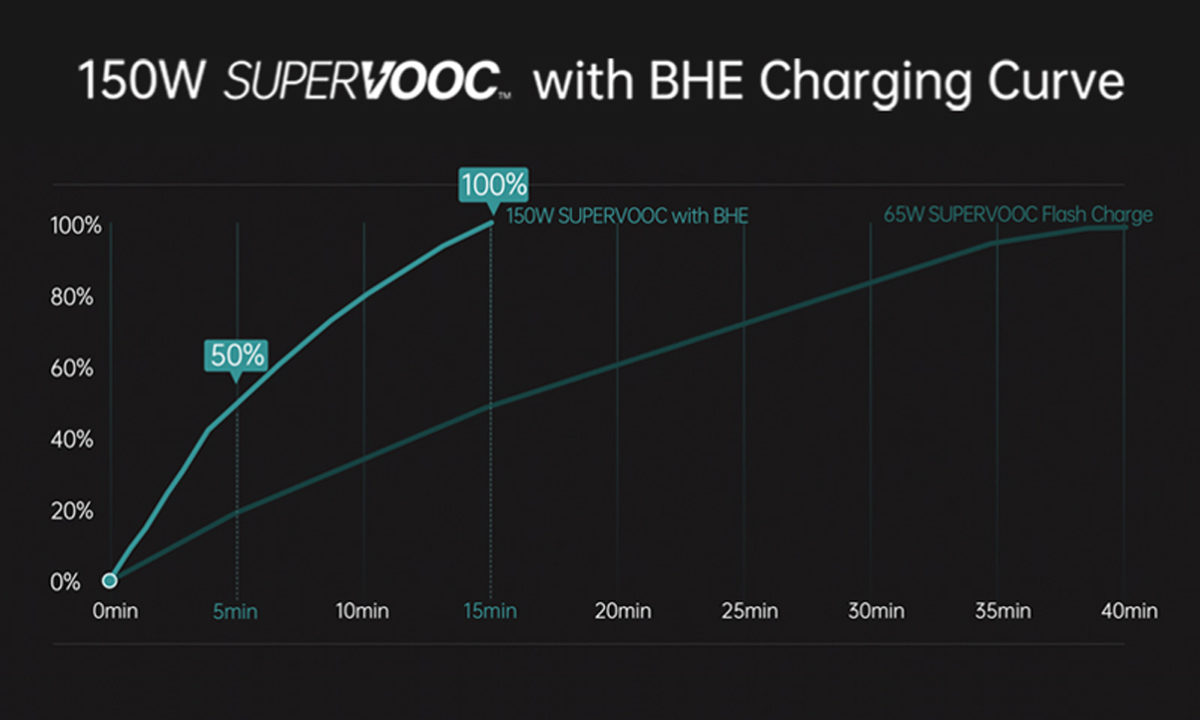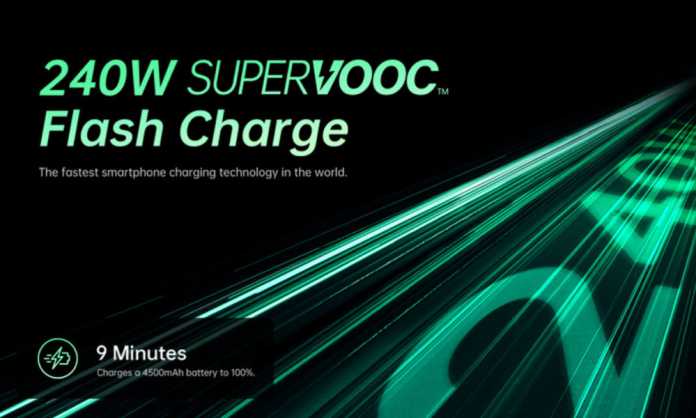It’s been a few months since OPPO will present its 240-watt charging technology, 240W SUPERVOOC, at MWC 2022. A presentation that left us speechless, since if taken into the real world, it would be capable of fully charging (from absolute vacuum) a 4,500 milliamp battery in around nine minutes . An outrage that would come to completely rewrite the concept of mobility as we know it today.
But of course, I am talking about the real world because something that we have become accustomed to in these times is to see how manufacturers show us their advances in terms of the charging function. Whether with more than remarkable increases in speed, or with surprising technologies such as wireless transmission from the plug to the charger, this is a very proper field for the R&D departments to show off, but we are used to these announcements being nothing more than a mere technical demonstration, but they do not reach the market. However, with OPPO’s 240 watts this may not be the case.
And it is that, as we can read in Gizchina, lately rumors have begun to spread within the industry that signal the upcoming commercial launch of a 240-watt fast-charging system. Rumors in which the name of the technology that would be found after said launch is not explicitly mentioned, but they do point to a company of Chinese origin, which fits with OPPO’s announcement at MMWC 2022, leaving it as the candidate most likely.

The benefits of smartphones grow substantially, as do their functions. Any user who has lived through the evolution of the smartphone will be able to assess, from their own experience, that the sum of possibilities has never stopped, something that is generally very positive, but that is also requires more refined load management, if we do not want to run out of battery at the least appropriate time. A 240-watt charging system, which allows a full charge to be made in such a short time, substantially mitigates this problem.
However, it is still early to start rubbing your hands. The electric charge at these speeds necessarily forces the elements that participate in the same are able to withstand the physical vicissitudes posed by. In other words, the cables, the charging ports and the circuitry of the smartphone and, of course, the battery itself, must be able to withstand this flow of energy without being affected by the heat that will be produced. Thus, we understand that the 240-watt charging system will come hand in hand with a device capable of using it, and the point will be the construction of said device.













